How well do you know the history of Colorado Springs?
Sure, you might know that Gen. William Jackson Palmer founded the city and that Pikes Peak was Katharine Lee Bates' inspiration for the song "America the Beautiful." But how well do you really know the history of the town you live in?
Not surprisingly, there's much more to the region than Garden of the Gods and a statue of a man on a horse that can cause traffic problems. Here are nine historical facts about Colorado Springs you probably didn't know.
Cheyenne Mountain Zoo wasn't the city's first zoo

The first zoo in Colorado Springs was opened by a colorful Chicago saloon owner.
Zoo Park made its debut 20 years earlier. It held not only animals, but also a roller-skating rink, dance hall, beer garden and rides from the 1893 Chicago World's Fair. Zoo Park was built by Chicago politician and saloon owner "Bathhouse" John Coughlin, a man known for fraud and corruption who would spend his summers in Colorado Springs. The zoo closed in 1916 after rival gangsters and reformers starting cutting into Coughlin's Chicago income and it became too expensive to run.
Tesla's experimental station
Many people believe Nikola Tesla's experimental station was in the mountains by Colorado Springs. That's how he's been depicted in film, such as the 2005 Christopher Nolan movie "The Prestige," in which Tesla is played by David Bowie and has a mountain laboratory. According to the Pikes Peak Library District video "Tracing Tesla: The Search of his Lost Laboratory," the lab was on top of a hill near East Kiowa Street and North Foote Avenue. It was between the Union Printers Home and the Colorado School for the Deaf and the Blind.
Area was known for coal

The Pike View Mine operated for more than 50 years. Photo courtesy Colorado Springs Pioneers Museum.
Most Colorado residents are familiar with the state's gold and silver mining history, but coal once was a significant part of the Colorado Springs economy. From the late 19th century to the early 20th century, 80 coal mines operated in Colorado Springs. The Pike-View mine was the largest and operated for more than 50 years, providing more than half of all the local coal mined. It was near the present-day Pro Rodeo Hall of Fame.
Colorado land part of bigger buy
The area that eventually would become Colorado Springs was part of the Louisiana Purchase in 1803. The 828,000 square miles bought for $15 million was a heck of a deal and included what eventually would be half of the state of Colorado. City borders would become a part of the Kansas Territory in 1854, before becoming part of the Colorado Territory in 1861. Colorado City was the capital of the Colorado Territory from 1861-1862.
Home to big-time jazz venue
The Cotton Club in New York City was known for featuring the biggest names in music. During the 1950s, '60s and '70s, Colorado Springs resident Fannie Mae Duncan ran her own Cotton Club on West Colorado Avenue. For 28 years, Duncan hosted jazz legends such as Duke Ellington, Count Basie, Lionel Hampton and Etta James. Duncan even gave comedian Flip Wilson, then a soldier at Fort Carson, an opportunity onstage as an emcee. The club was torn down in 1975.
U.S.S. Colorado
Four U.S. naval ships have held the name U.S.S. Colorado. From 1924-1941, the battleship Colorado was part of the Pacific Fleet. Although based in Pearl Harbor in Hawaii, during the 1941 attack the Colorado was in Puget Sound Naval Yard in Washington for repairs. She'd quickly join the fight against the Japanese. The Colorado was in Tokyo Bay when the Japanese signed the Instrument of Surrender on Sept. 2, 1946, and was decommissioned in 1947. A spare helm from the ship is on display at the Colorado Springs Pioneers Museum. A new U.S.S. Colorado, this time a submarine, was commissioned in 2018.
Ski Broadmoor

Ski Broadmoor. Photo courtesy Colorado Springs Pioneers Museum.
From 1959 to 1991, Colorado Springs residents had a ski resort in their backyard. Ski Broadmoor opened in November 1959 after a one-month delay due to a lack of snow.
Featuring lights for night skiing and a $200,000 snow-making machine known as the "Phenomenal Snowman," the ski area offered locals a chance to avoid the traffic hassles and crowds of other resorts. The rising cost of insurance and perils of inconsistent weather led to the closing of Ski Broadmoor in 1991.
Kit Carson's Army post
The largest military base in Colorado Springs was established in 1942 as Camp Carson and renamed Fort Carson in 1954. The installation was named after Kit Carson, a legendary trapper, scout, soldier and Indian agent. Carson was born in Missouri but worked in the early 1840s as a hunter for William Bent at Bent's Fort near La Junta. He gained fame as a guide for John C. Fremont, whom he lead on expeditions in Wyoming, Oregon, Nevada and California. Near the end of his life, he became the commander of Fort Garland in Colorado. He died in Fort Lyon, in Colorado, in 1868.
Lon Chaney linked to school
Many know that silent film star Lon Chaney, renowned for his work in "The Hunchback of Notre Dame" and "The Phantom of the Opera," is from Colorado Springs.
What you might not know is his connection to the Colorado School for the Deaf and Blind. Chaney's maternal grandparents, John and Mary Kennedy, had three children, all of whom were born with impaired hearing.
John Kennedy would establish what would become the Colorado School for the Deaf and Blind with a $5,000 appropriation from the Colorado Territorial Legislature and land donated by Gen. Palmer's Colorado Springs Co. in 1874. Chaney stayed connected to the school and in 1925 even held a special screening of "The Phantom of the Opera" for students.


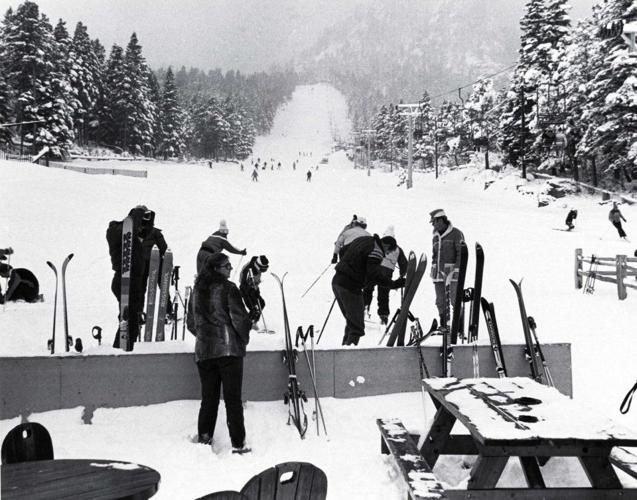
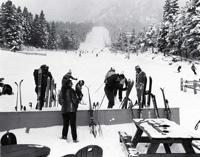
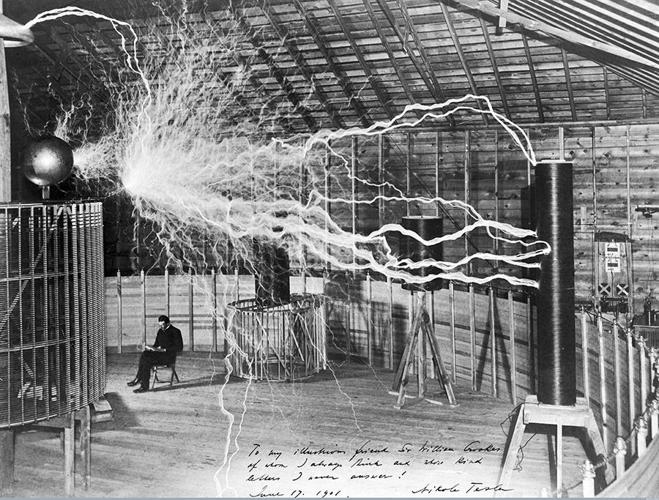
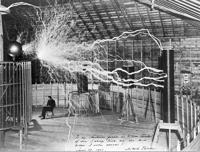











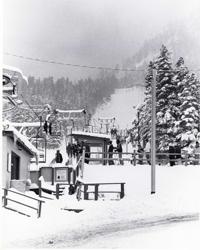

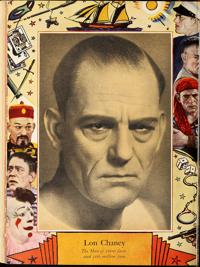

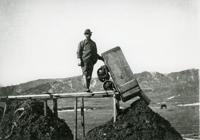

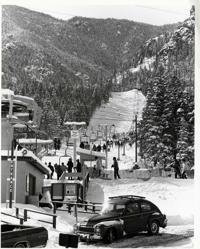

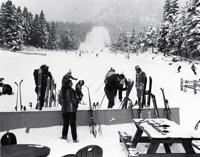



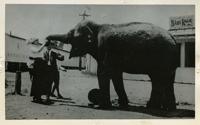

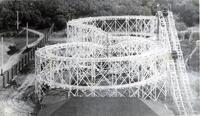

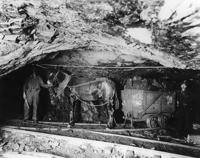



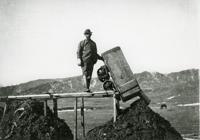







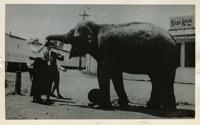



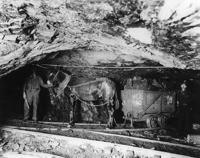






 Your Privacy Choices
Your Privacy Choices